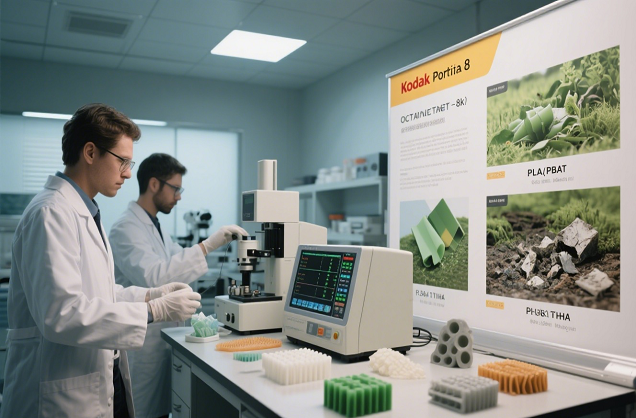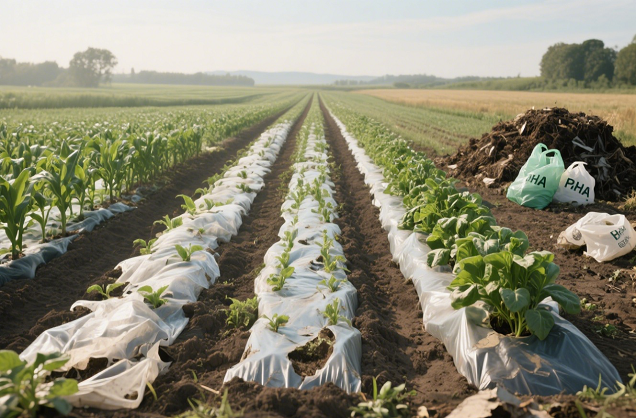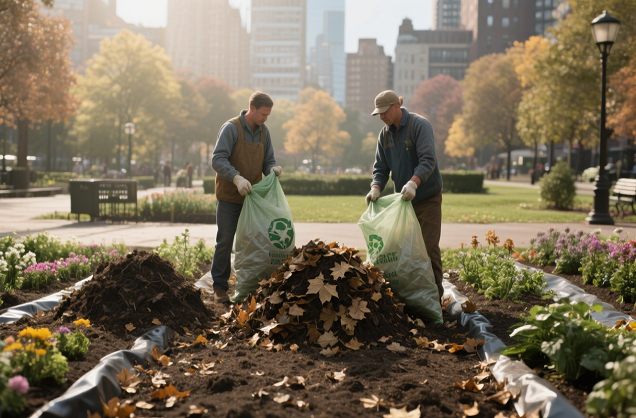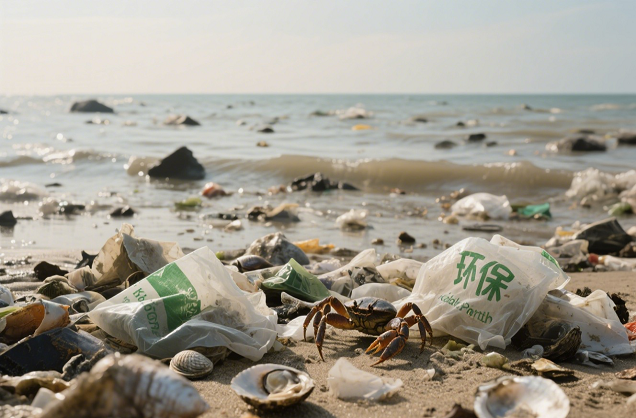The ultimate PLA/PBAT/PHA comparison: which material is truly eco-friendly?
Biodegradable Material Choice Dilemma
The global bioplastics market has reached $18 billion by 2024, but consumers are often confused when facing the three mainstream materials: PLA, PBAT and PHA. According to the latest research conducted by the International Sustainable Materials Association (ISMA):
73% of consumers are unable to differentiate between these three materials
65% of “eco-friendly” products have exaggerated promotions
Only 12% of users understand the degradation conditions required for different materials

Part I: Comparison of Basic Characteristics
1.1 Raw Materials and Production Process
Characteristics PLA PBAT PHA
Raw Material Sources Corn/Sugarcane Starch Petroleum + Biobased Blend Microbial Fermentation
Production Process Starch Fermentation – Polymerization Chemical Synthesis Bacterial Culture – Extraction
Energy Consumption Medium (30MJ/kg) Higher (45MJ/kg) Low (22MJ/kg)
Water Consumption 5m³/kg 8m³/kg 2m³ /kg
Data source: 2024 Life Cycle Assessment (LCA) report
1.2 Physical property performance
Laboratory measured data (25℃ standard environment):
Tensile strength: PLA(60MPa) > PHA(45MPa) > PBAT(25MPa)
Elongation at break: PBAT(600%) > PHA(300%) > PLA(5%)
Heat resistance temperature: PHA(120℃) > PBAT(80℃) > PLA(60℃)

Part II: The Ultimate PK of Environmental Performance
2.1 Comparison of Degradability
Degradation rates in different environments (6 months):
Environment PLA PBAT PHA
Industrial composting 90% 95% 98%
Home composting 15% 60% 85%
Seawater <5% 30% 92%
Soil 10% 70% 95%
NOTE: Data from the International Degradation Testing Consortium Report 2024
2.2 Carbon Footprint Analysis
Full cycle carbon emissions from feedstock to Full cycle carbon emissions from degradation (kg CO₂e/kg material):
PLA: 2.1 (mainly from crop cultivation)
PBAT: 3.8 (petroleum-based feedstock contributes 65%)
PHA: 1.2 (some strains can be carbon negative)
2.3 Risk of microplastics
Accelerated ageing experiments show:
PLA: 0.5-2 μm microplastic particles produced
PBAT: 1-5 μm particles produced
PHA: virtually no production (complete bioassimilation)

Part III: Recommended Application Scenarios
3.1 Best Choices for Food Packaging
Requirements Recommended Materials Rationale
Cold Drinks Cups/Salad Boxes PLA Highly Transparent, Low Cost
Hot Drinks Cup Lids PHA High Temperature Resistant to 120℃
Flexible Packaging Film PBAT Blend Flexible, Heat Sealable
3.2 Guidelines for Daily Use Purchase
Shopping Bags: PBAT + PLA (7:3) Blend (Balance Strength & Degradability)
Straws: Pure PHA (Bite & Chew Resistant, Ocean Biodegradable) Straws: pure PHA (resistant to biting and chewing, marine degradation)
Tableware: PLA+mineral filler (improves heat resistance)
3.3 Recommendations for Agriculture
Mulch: PBAT (cost-effective, degradation starts in 3 months)
Seedling pots: PHA (direct burial for planting, degradation in 60 days)

Part IV: Market Status to 2024
4.1 Price Trends ($/kg)
Material 2023 2024 2025 Forecast
PLA 2.3 2.1 1.8
PBAT 3.5 3.0 2.6
PHA 5.0 4.2 3.5
4.2 Policy Support
EU: PHA products are entitled to a 15% green subsidy
China: PBAT films are included in the subsidy for the purchase of agricultural machinery
US: PLA food packaging FDA approval accelerated

Part V: Consumer’s Guide to Avoiding Pitfalls
5.1 Certification Marks Interpretation
✅ True Environmental Certification:
OK Compost INDUSTRIAL (industrial composting)
OK Compost HOME (home composting)
TÜV Marine Degradable (marine degradation)
❌ False Advertisement Keywords:
“Degradable” (no specific criteria)
“Oxygen Degradable”
“Partially Bio-based”
5.2 Simple testing method
Three steps for home verification:
Burning test: real PLA has a sweet smell, PHA has no black smoke
Hot water test: PLA will soften at 60°C
Degradation observation: PHA fragments should decompose significantly in a warm and humid environment for 2 weeks
If you have any questions you want to know, please feel free to come and consult, and we will be eager to answer them for you.
Contact us now
Fill out the form below
We will contact you immediately.

Summarize your business so the visitor can learn about your offerings from any page on your website.
About
Contact
- Add: Room 4006, No.1 Helong Yiheng Road, Baiyun District, Guangzhou City
- Tel: +8613450255948
- Wechat : +86-13450255948
- Fax: +86-13450255948
- E-mail: 13450255948@163.com
